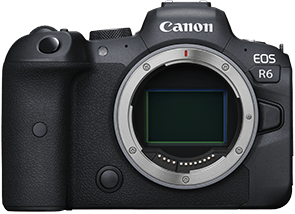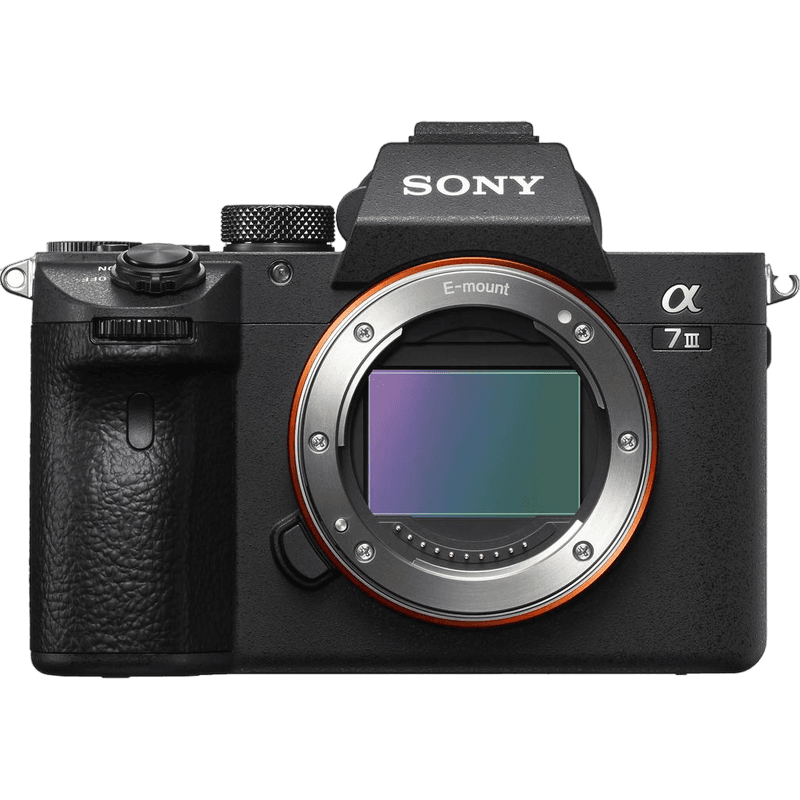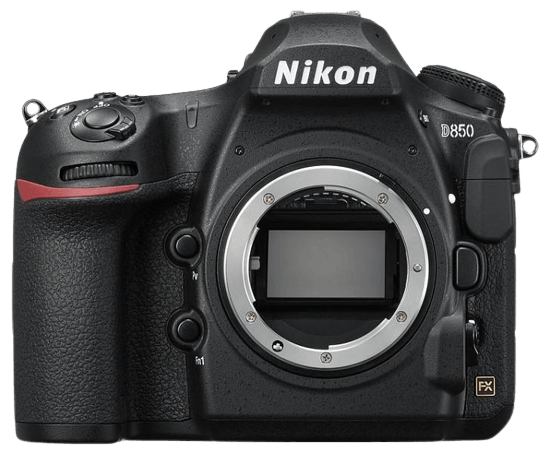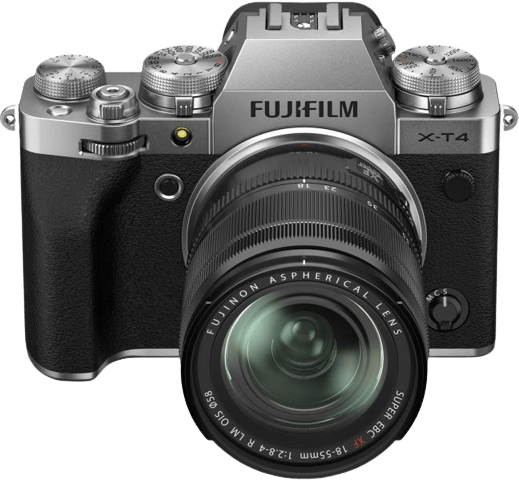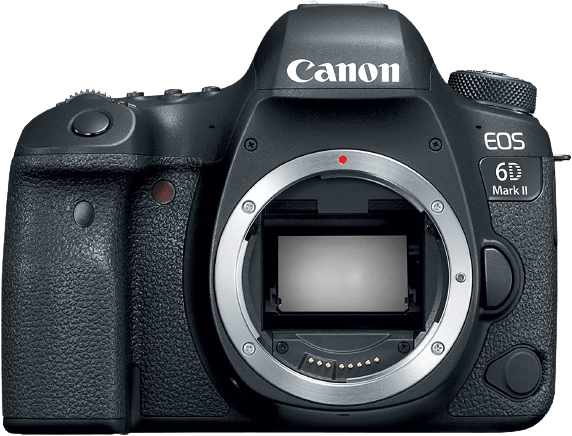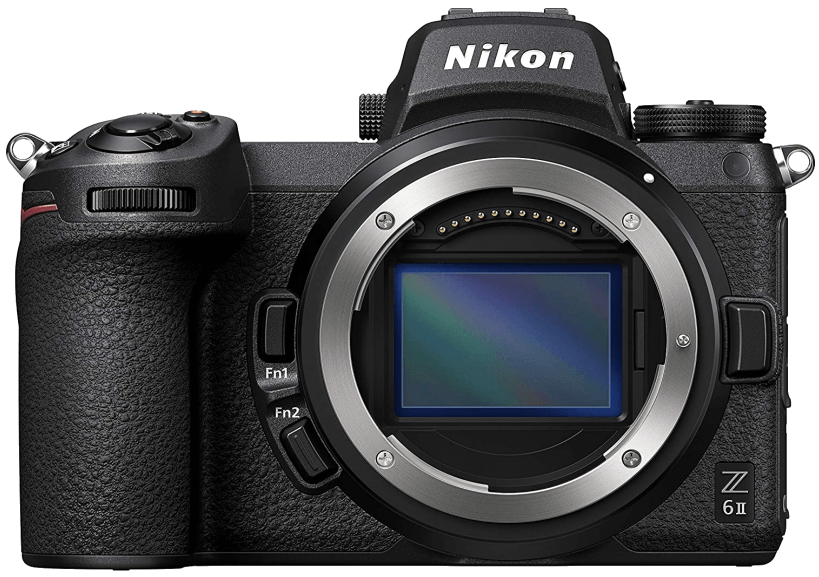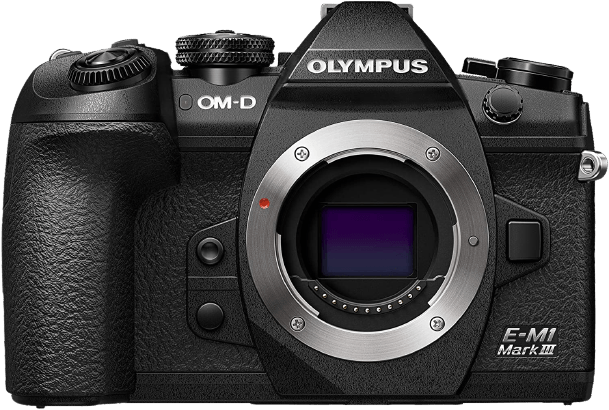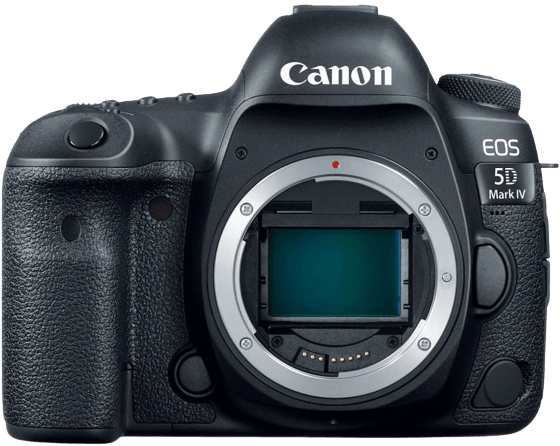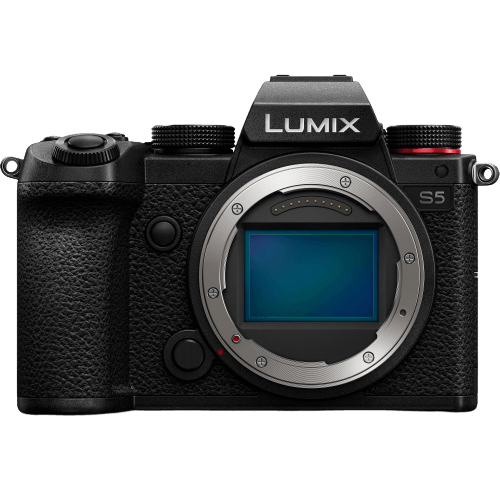Before we look at the available cameras that will serve you well, here’s our winner. The Canon EOS R6 is tremendously capable, but also offers great low-light performance, in-body stabilization, and a great ISO range. [Note: ExpertPhotography is supported by readers. Product links on ExpertPhotography are referral links. If you use one of these and buy something, we make a little bit of money. Need more info? See how it all works here.] A weather-sealed body and really impressive low-light performance make the Canon EOS R6 an attractive choice for astrophotography. It is one of Canon’s full frame sensor mirrorless cameras. At first glance, the 20.1 MP sensor might seem small these days. But this is not such a problem, especially with astrophotography. Because of their size, each pixel absorbs more light. And light is at a premium in night sky photography. The EOS R6 certainly produces stunning images. Another useful feature is the fully articulating touchscreen. The electronic viewfinder is excellent for seeing the image when the camera is pointed at the sky on a tripod. But the LCD display is a helpful extra feature. Another standout specification is the ISO range. Even in its natural setting, the maximum ISO is 102,400. The range of RF-mount lenses is growing all the time. And Canon is blessing the mount with a number of their premium “L-series” lenses. Plus you can also use EF-mount lenses with an adapter. You also get video at 4K with minimal cropping and 20 fps continuous shooting. There are an astonishing eight stops of image stabilization when using compatible RF-mount lenses. All of this adds up to a camera that is fantastic for astrophotography. But it will also serve you well in almost any genre. The Sony A7 III is better than most at tackling the noise that comes from high ISOs. This is a great advantage for night sky photography. The maximum ISO is expandable to 204,800. The sensor is only 24.2 MP, but like the EOS R6, the images are superb. As an astrophotographer you often have to carry a lot of kit. And usually for quite a distance to escape light pollution. So the A7 III’s compact size will be appealing. It has an attractive, rugged appearance, and the controls are reassuringly easy to find in the dark. The Sony has fewer AF points than the Canon, but 693 is still a pretty impressive count, and they cover more than 90% of the frame. The touchscreen tilts, but it’s not fully articulating. It’s more useful than a fixed screen, but not the best solution. The in-camera image stabilization gives up to five stops of extra exposure, and the A7 III can shoot at up to 10 fps. So, another camera that is well suited to astrophotography, but by no means limited to that. It will be a great camera for a whole range of purposes. Illuminated controls and a weather-sealed body are some star-friendly features of this excellent Nikon D850. Although you won’t find yourself snapping the stars on a rainy night, dew can be an enemy. But this camera has you covered. The massive 45.7 MP sensor delivers superb images, and also makes 4K video available. The optical viewfinder can be less strain on the eyes at night than an electronic one. But the tilting screen will help when the angles are difficult for the viewfinder. As often happens with a DSLR, the autofocus is less impressive using the screen. However, you can take your time at night, so this shouldn’t be an issue. This is a solid, professional camera. You’ll need a heavy-duty tripod. But you will also find many uses for such a dependable camera whatever field of photography you choose. One of the most attractive features of the Fujifilm X-T4 for astrophotography is its strong time-lapse performance. This is something that can really add a new dimension to your night sky photography. But there’s more to this camera than amazing time-lapse. It’s a stylish camera with an attractive retro vibe to it. But there’s nothing retro about its 425 focus points or its 26 MP sensor. It has large metal dials with positive clicks for shutter speed, exposure compensation, and ISO that don’t just look good but are easy to use in the cold and dark. And the fully articulating screen is always a bonus for tripod-based work. Away from the night sky, you will find the 20 fps continuous shooting more than enough for most situations. Canon’s cheapest full frame DSLR offers a 26.2 MP sensor that’s ideally suited to astrophotography. A fully articulating screen is also an advantage. The range of lenses available for its EF-mount is unmatched. There are compromises in producing a full frame camera for this price. The maximum ISO is not the best in this review, and the 45 AF points fall way short of the competition. On the other hand, it offers good communication options, including Wi-Fi, NFC, and low-energy Bluetooth. The GPS chip will also help identify where you took the pictures. The EOS 6D Mark II is a popular camera, as it offers an entry point into full frame DSLR photography. Its reputation as a reliable performer means that it should be on your shortlist for an astrophotography camera. Nikon claims that the Z6 II can focus in the light of a quarter moon (-6 EV). With its tilting touchscreen, it’s also well suited to tripod shooting for those night sky shots. It’s not quite an entry-level full frame camera, but the Nikon Z6 II has a second memory card slot and improved high-speed shooting. The two cards are definitely a bonus for an astrophotography camera. High image quality is going to rely on RAW images and post-processing. And RAW files are huge compared to JPEGs. The Z6 II uses both contrast detection and phase detection autofocus and has 273 AF points. These cover 90% of the frame, so it is well-equipped to cope with your other photography needs as well. There is an ever-growing range of lenses, and an adaptor to allow the use of F-mount lenses as well. The first thing to mention about this Olympus OM-D E-M1 Mark III is that it has a “Starry Night” mode. When engaged, the autofocus searches for stars and then focuses on them. This is quite useful given how small stars are for AF points trying to focus on them. This works at wide angle and telephoto focal lengths, so is good for wide sky shots and more cropped images. There are also seven stops of image stabilization, and this makes even hand-held shots possible with fast wide-angle lenses. As a Micro Four Thirds camera, the sensor size is limited but is still capable of superb photos. One final trick that’s useful for astrophotography is the two-image automatic multiple exposure, allowing both the sky and foreground to be correctly exposed. Away from night sky shooting, you might be attracted by the 60 fps shooting and simulated neutral density filters. The Canon EOS 5D Mark IV, like the Nikon D850, seems to find its way into most camera reviews. And that is because they are both immensely capable pieces of kit. With a 30.4 MP sensor, it strikes a nice balance between having plenty of pixels and making those pixels big enough to work effectively. It is a big beast, sealed against weather and dust, with an unrivaled range of lenses available. On the negative side, the screen is fixed, and there will be some occasions where this is to its disadvantage. Low-light performance is excellent, and the AF system is much improved in low light compared with the Mark III version of this camera. And this is a camera that is in no way limited to night sky pictures. It is a wonderful, all-purpose workhorse. The full frame sensor on this Panasonic Lumix DCS5 is particularly good at coping with high ISO settings. It does better than most at combating the noise that is so easily introduced in those circumstances. The dynamic range is especially impressive in low light. Although Panasonic Lumix cameras are most usually associated with the Micro Four Thirds sensor, this is a full frame. It takes Leica L-mount lenses, and these are much less common than Nikon or Canon lenses. But you will find it to be a very capable camera, with excellent 4K video, in-camera stabilization and dual memory card slots.
How to Choose a Camera for Astrophotography
When it comes to astrophotography, you will be surprised at the wide range of options you can choose from. There are DSLRs, mirrorless cameras, and even compact cameras. Apart from the usual choices, there are cameras dedicated to astrophotography. The most important thing is the low-light performance. ISO invariance and a high ISO option are useful features to have. A wide dynamic range is also beneficial since you don’t have much light to work with. Also, you must be able to shoot in RAW. You will need to post-process your images, and nothing beats the RAW format in this aspect. It helps to be comfortable using a remote shutter release as well. This minimizes camera shake as much as possible. Long exposure noise reduction is also crucial. Your camera sensor can heat up and produce hot pixels if you leave your shutter open for a long time. You should pay attention to battery life as well. Long exposures and cold weather can drain them at lightning speed. If your battery is not durable enough, take more with you. Don’t forget to charge your battery right before your trip. Astro filters are both sensor and lens-based. It’s practical to do some research on which system you prefer. It will influence your choice of camera.
Conclusion
The sky really is the limit when it comes to astrophotography cameras. To know which astrophotography camera shines brightest in your hands, decide what kind of photos you want to shoot. With a plethora of specialized equipment available, dig deep into the basics of astrophotography. It all comes down to what astrophotography means to you. We think you won’t go far wrong with our top choice, the Canon EOS R6. Check out our Milky Way Mastery course to take your astrophotography to the next level!
